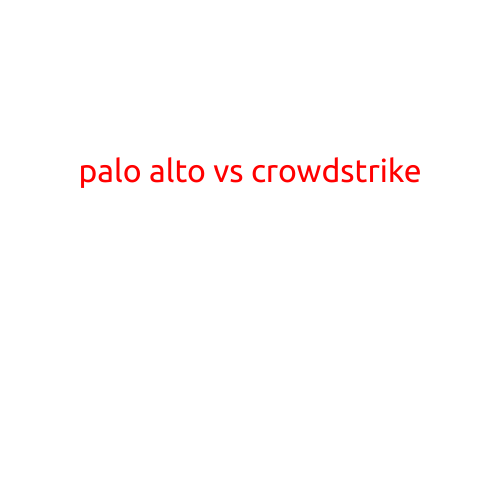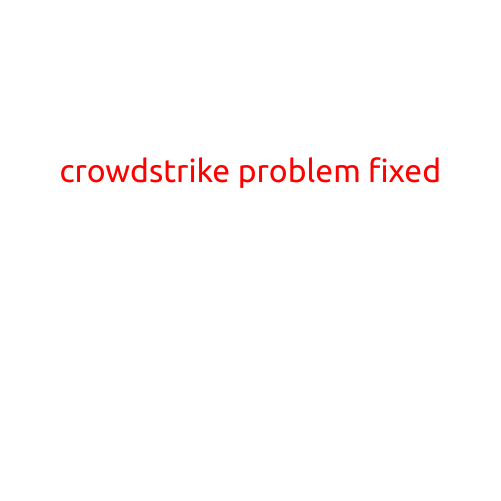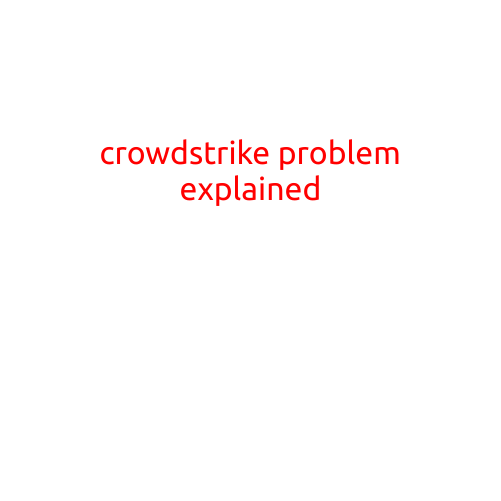
Palo Alto vs CrowdStrike: A Comparison of Endpoint Security Solutions
The cyber threat landscape is evolving rapidly, and organizations require robust endpoint security solutions to protect their networks and data from growing threats. Palo Alto and CrowdStrike are two prominent players in the endpoint security market, each offering unique features and benefits. In this article, we’ll delve into the key differences between Palo Alto and CrowdStrike, helping you make an informed decision for your organization’s endpoint security needs.
Overview
Palo Alto Networks is a global cybersecurity company that specializes in providing next-generation firewalls, endpoint security, and cloud-based security solutions. Founded in 2005, the company has gained a reputation for its innovative and effective security solutions.
CrowdStrike is a cybersecurity technology company founded in 2011. It offers a range of endpoint security solutions, including antivirus, antimalware, and threat intelligence capabilities. CrowdStrike is known for its cloud-based security platform and its ability to detect and respond to advanced threats.
Endpoint Security Features
Both Palo Alto and CrowdStrike offer endpoint security solutions that include features such as:
- Malware Protection: Both solutions provide real-time protection against malware, including viruses, Trojans, and rootkits.
- Threat Prevention: They both use advanced threat prevention techniques, such as sandboxing and behavioral analysis, to detect and block unknown threats.
- Lateral Movement Prevention: Both solutions prevent lateral movement by detecting and blocking malware that attempts to spread within a network.
- ** Incident Response**: They both offer incident response capabilities, including automated incident response and threat hunting.
However, there are key differences in the features offered by each solution:
- Antivirus: CrowdStrike includes antivirus capabilities as part of its endpoint security solution, while Palo Alto’s endpoint security solution focuses on advanced threat prevention and detection.
- Endpoint Detection and Response (EDR): CrowdStrike offers EDR capabilities that provide real-time visibility into endpoint activity, while Palo Alto’s solution relies on its Next-Generation Firewall (NGFW) for endpoint detection and response.
- Threat Hunting: CrowdStrike’s solution includes threat hunting capabilities that allow security teams to proactively hunt for threats within their network, while Palo Alto’s solution focuses on automated threat detection and response.
Cloud-Based vs. On-Premises
Palo Alto offers a cloud-based endpoint security solution, while CrowdStrike offers a cloud-based solution with on-premises options. Cloud-based solutions provide the benefits of scalability, agility, and updates, while on-premises solutions offer more control and customization capabilities.
Integration with Other Security Solutions
Both Palo Alto and CrowdStrike offer integration with other security solutions, including security information and event management (SIEM) systems, network segmentation solutions, and incident response platforms. However, Palo Alto’s integration capabilities are more extensive, thanks to its broad range of security products and services.
Conclusion
In conclusion, both Palo Alto and CrowdStrike offer robust endpoint security solutions that can help organizations protect against advanced threats. While both solutions share similar features, there are key differences in their approach, capabilities, and integration with other security solutions.
Palo Alto’s cloud-based endpoint security solution focuses on advanced threat prevention and detection, while CrowdStrike’s solution includes antivirus capabilities and threat hunting capabilities. Ultimately, the choice between Palo Alto and CrowdStrike will depend on your organization’s specific endpoint security needs and requirements.





